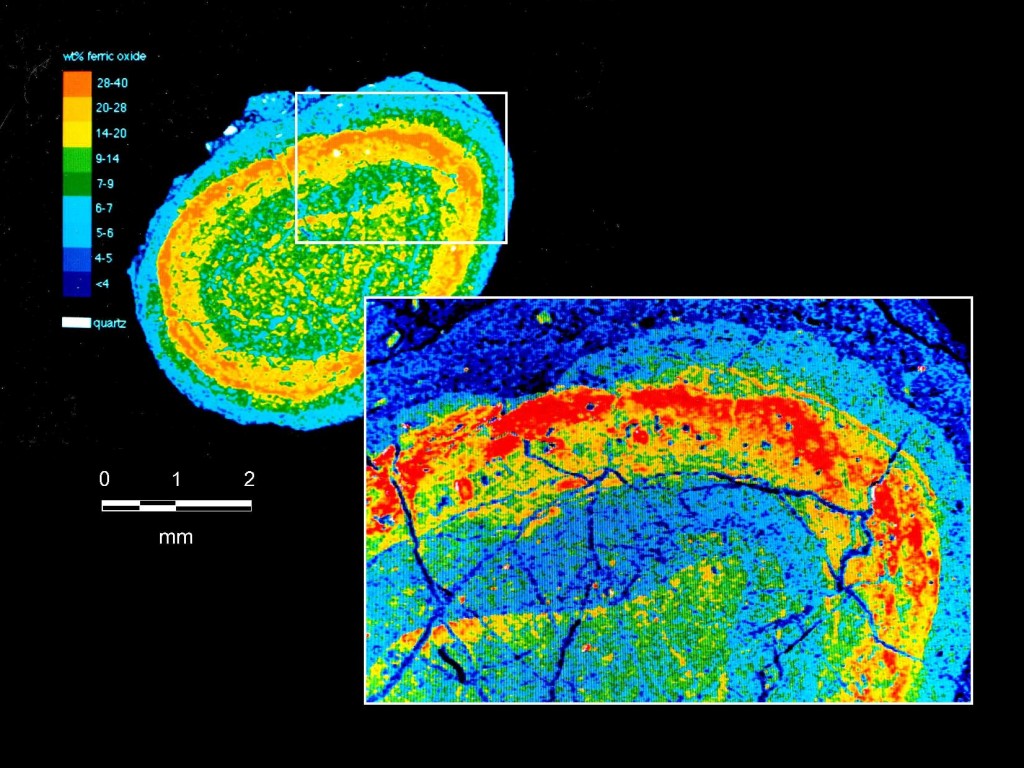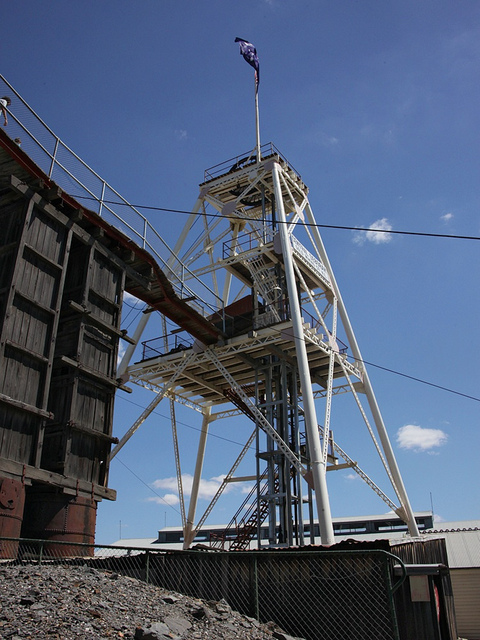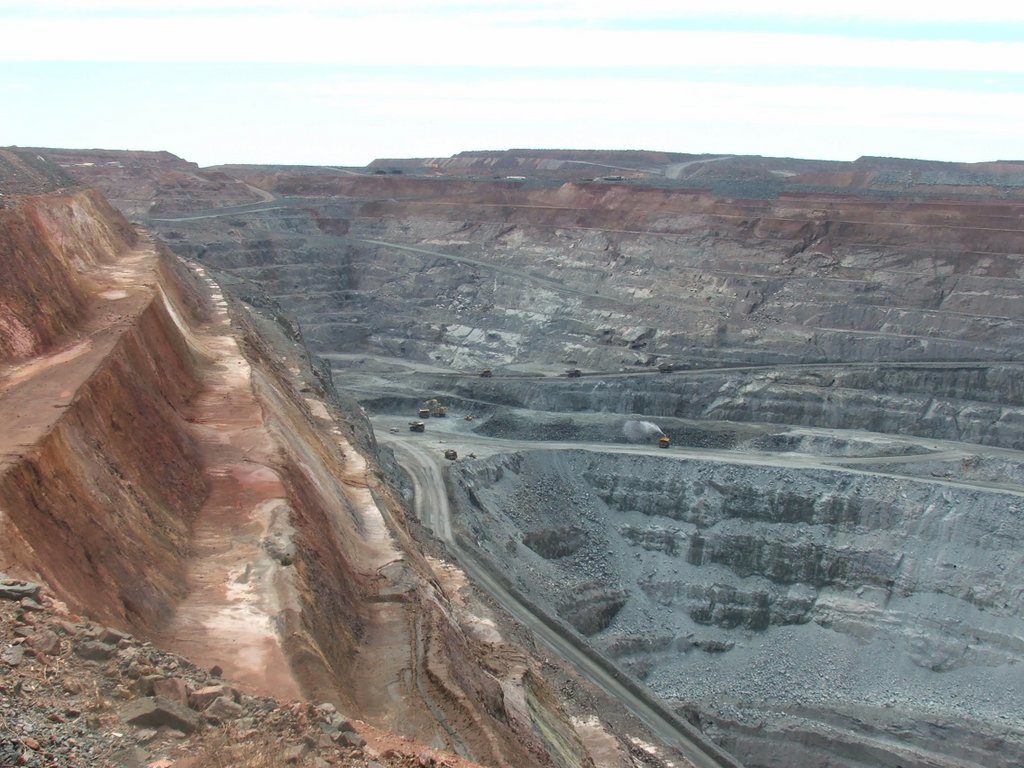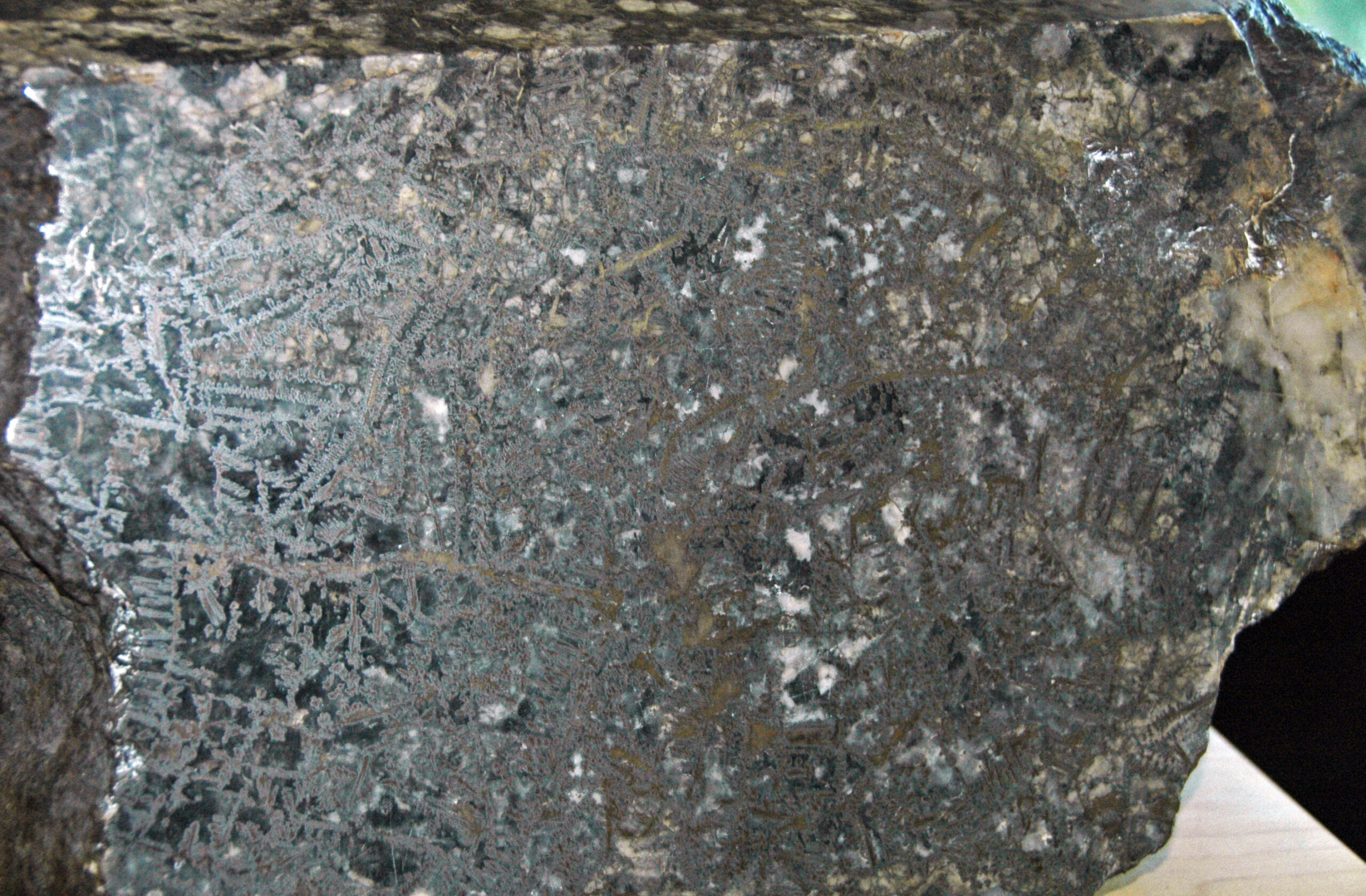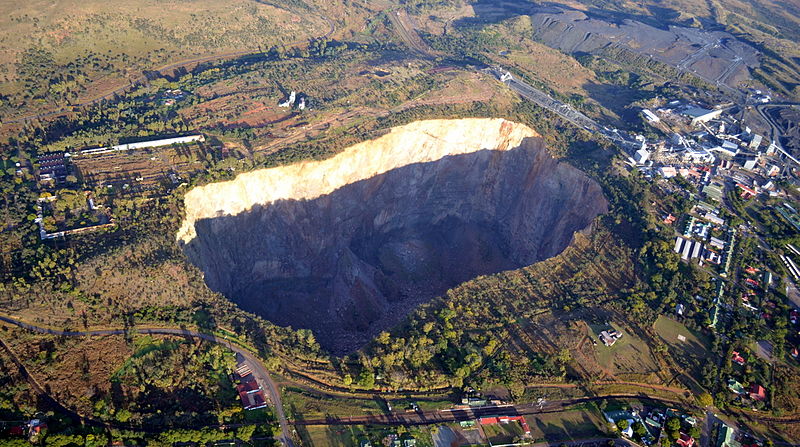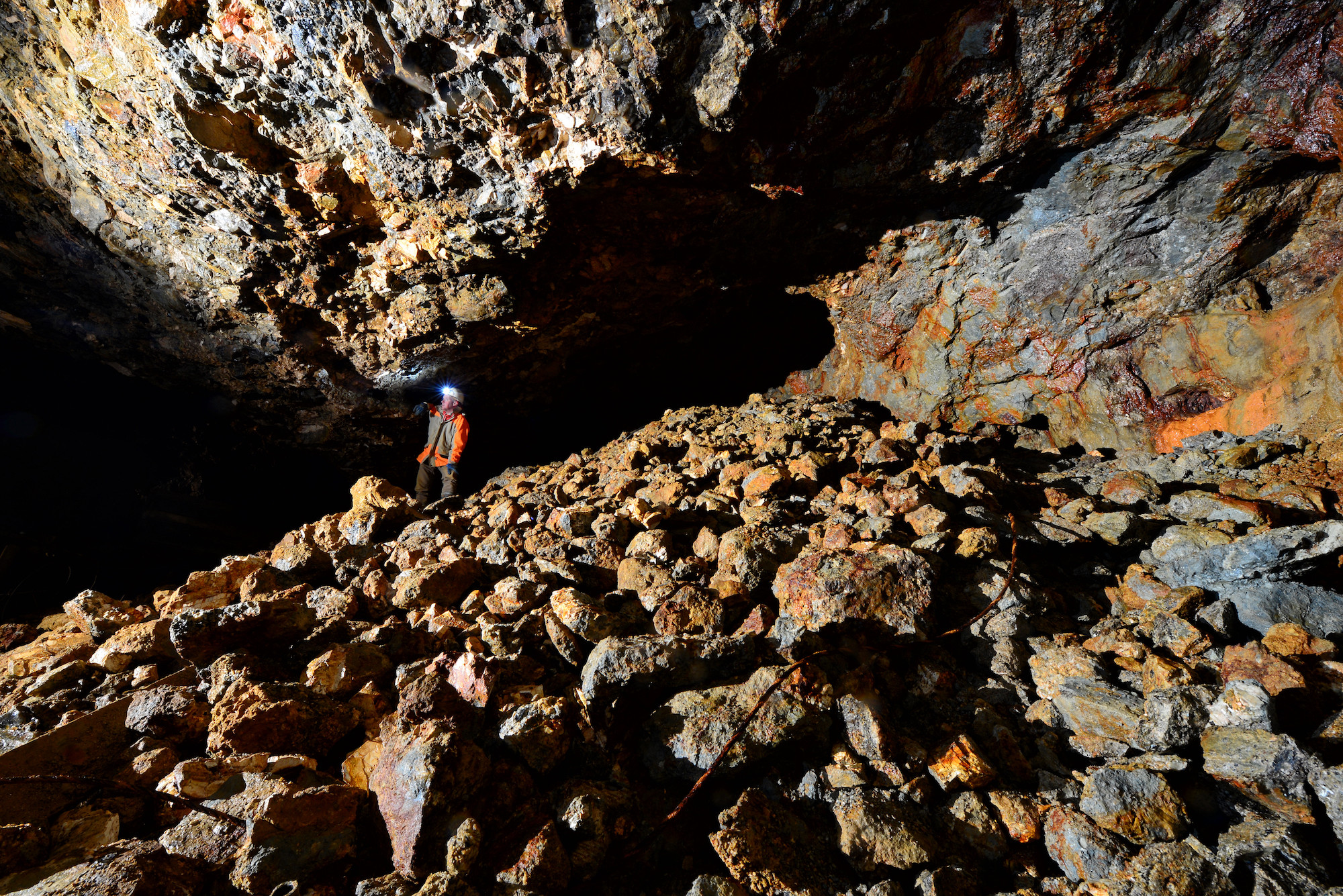Although it doesn’t get a lot of attention as a resource-rich nation, the geologic and tectonic setting of the Philippines make it an important hotspot for a number of deposit types. It is a host to a number of porphyry copper-gold, epithermal, volcanogenic massive sulphide and nickel deposits. The country is a top 20 metal producer in terms of exports, but is ranked the fifth most mineralized country in the world according to the Australian Trade and Investment Commission which may give some indication of it’s exploration and development potential. The Philippines’ Mines and Geosciences Bureau (MGB) declared in its August 2021 primer that about nine million hectares of the country’s land area are of high mineral potential. However, a large portion of these areas remains significantly untapped. Many of the identified deposits and mineralized prospects are yet to be developed or even explored. This article discusses one of the country’s newer mining operations, TVI Resource Development Philippines Inc. (TVIRD) Balabag Gold-Silver Project in the southern Philippines.
Project Overview
The Balabag Gold-Silver Project is located in the municipality of Bayog, Zamboanga del Sur, which is about 750km southwest of the country’s capital, Manila. It is within a 4,779-hectare property licensed under the Mineral Production Sharing Agreement (MPSA).
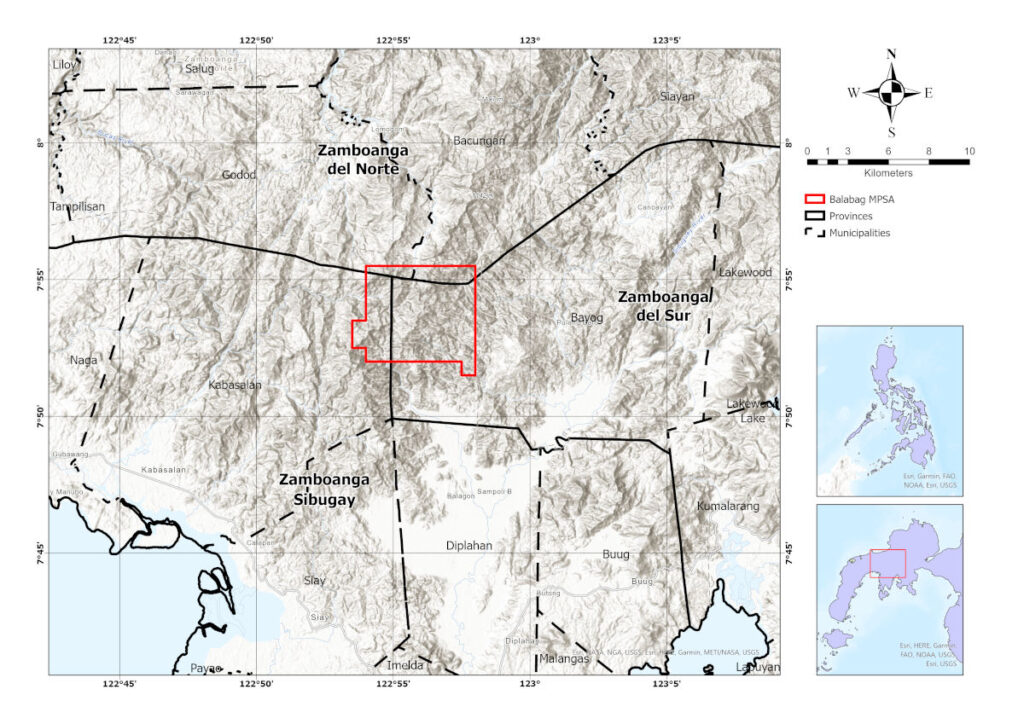
An MPSA is one of the three mineral agreements granted by the Philippine government to Philippine citizens or to Philippine companies which exclusively give them the right to conduct mining operations within, but not title over, the contract area for 25 years; renewable for another 25 years. The project is 100% owned and fully funded by TVIRD, a subsidiary of the Canadian publicly traded mining company TVI Pacific Inc. (TVI).
Project development at Balabag Project commenced in late 2019 and mining operations started in mid-2021, coinciding with the lifting of a government moratorium on new mineral agreements which had been in place since 2012.
Exploration History and Resource
The discovery of the Balabag gold-silver deposit depicts a typical discovery story in this part of the world where small-scale artisanal miners served as the pathfinders. Artisanal gold extraction from shallow underground workings was already in existence in the area since 1995. First-pass exploration activities which included detailed geological mapping, surface geochemical (i.e., rock, stream sediment, and grided-soil) sampling, and an IP-Resistivity geophysical survey was undertaken by Rio Tinto Exploration Philippines Corporation (RTEPC) in 1996 to 1998. RTEPC exploratory works identified high extensive gold anomalies in soil and high grade epithermal gold mineralization in Balabag. Maiden exploration drilling was conducted by Templar Resources Phil. Inc. (TRPI) in 1999 and totaled 593.6 meters. Two holes intersected high grade gold intercepts associated with quartz veins.
TVIRD’s exploration and evaluation activities involving surface sampling, geological mapping, and drilling campaigns commenced in 2005. Based on drilling results from 2005 through to December 2020 and surface mapping and sampling, TVIRD reported that at a cut-off grade of 0.4 g/t AuEq Balabag deposit has 4.35Mt Measured and Indicated Resources at a grade of 1.8 g/t Au and 43.1 g/t Ag for 2.4 g/t AuEq and 141,000 tonnes Inferred Mineral Resource at 2.8 g/t Au and 64.1 g/t Ag for 3.6 g/t AuEq. The Measured and Indicated Resource is approximately equal to 331,000 AuEq oz.
Geology and Deposit Type
The Balabag gold-silver project area lies on the Zamboanga Peninsula, characterized by an enigmatic tectonic setting that is highly affected by terrane accretion and arc-arc collision. The peninsula is floored by continental rocks consisting primarily of schists, phyllites, and gneisses and is mixed with ophiolitic (ocean floor) rocks. Locally, Balabag gold-silver deposit is hosted by volcano-sedimentary sequences that were formed ~33.9 to 15.97 million years ago. The sequence is primarily composed of volcanic (flows and shallow intrusive) and pyroclastic rocks, with clastic sedimentary rocks of conglomerates, sandstones, siltstones, and minor shales intercalated with limestone. The volcano-sedimentary sequences were affected by regional post-mineralization folding and thrusting, which produced anticlinal structures.
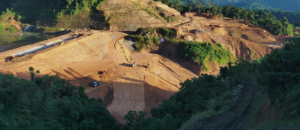
The gold-silver mineralization in Balabag is considered as a low sulphidation epithermal lode gold deposit typified by quartz veins occurring in andesitic flows and pyroclastic rocks. Low sulphidation epithermal deposits are typically formed from the rising of ancient hot fluids or hydrothermal fluids containing gold and other metals derived from intrusion source rock at depth. Hydrothermal fluids migrate to upper crustal levels through structures such as faults and fractures or cracks and voids within the host rock. The fluids are usually trapped and crystallized within these structures, forming ore zones characterized by veins exhibiting multiple textures. Banding and brecciation textures represent multiple episodes of hydrothermal mineral deposition and ascending fluid, respectively. The veins are commonly comprised of quartz with adularia, sericite, and calcite.
Mineralization, Alteration, and Vein Configuration
The Balabag gold-silver deposit consists of three gold-bearing vein systems showing typical low sulphidation epithermal vein textures, namely (1) Tinago-Unao-Unao-Yoyon veins which is the most extensive, to the north, (2) Miswi veins to the east, and (3) Lalab veins to the south. Sulphides such as pyrite (iron sulfide), chalcopyrite (copper-iron sulfide) and sphalerite (zinc sulfide) are common, with pyrite as the most ubiquitous, and to a lesser extent galena and bornite, occurring as disseminated or bands of sulfide minerals. Peak and consistent gold grades are associated with brecciated quartz veins, notably containing inclusions of altered and mineralized host rock and veins with distinct sulphide bands.
Dominant ore minerals associated with gold are high-silver electrum (a naturally occurring gold-silver alloy) and native gold. These minerals are usually present in the form of inclusions or in the interstices of chalcedonic mosaic quartz, and to a lesser extent within adularia, chlorite, illitic clay, and sulphide minerals. Acanthite and native silver are the prevalent silver minerals.
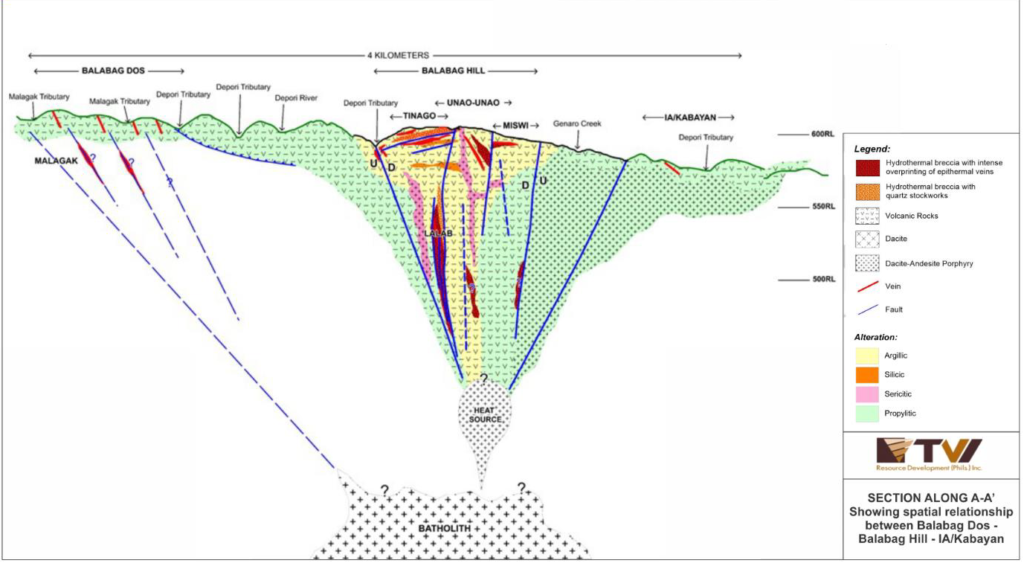
The vein systems occur within the main alteration zone consisting of quartz, adularia, illite or smectite, and chlorite group minerals. Then, from the main vein zone the alteration generally grades to silicic, sericitic, and argillic alteration. This alteration suite is enveloped by the broad propylitic alteration (typically a mineral assemblage of chlorite, epidote, albite, and carbonates).
The Balabag epithermal veins have conspicuously gentle (~30°) to moderate (~60°) dips oriented north or north-west, which is atypical of the common steeply-dipping orientation of the epithermal veins. Aurelio in 2013 postulated that the veins had been initially emplaced in the volcano-sedimentary unit with steep to vertical dips then; when the host rock unit was folded the veins were tilted into its present-day configuration. The gentle dip of the veins is deemed economically beneficial to TVIRD as this results in a lower stripping ratio. This means that extraction of the ore requires fewer resources since there is less waste material to be removed, thus lowering the overall operating cost.
Future Outlook and Other Mineral Potential and Opportunities
The mining operations are ongoing in Balabag and according to TVI, the mine’s average feed grade is projected to increase when the higher-grade mineralized resource is exposed and extracted. They note that the deposit still has a lot of potential for additional resource since it remains open laterally and at depth. Recent drilling has yielded compelling results confirming the said potential of the vein systems. New targets and shallow gold mineralization associated with oxidized zones with resource potential were also defined.
A larger portion of the 4,779 hectares of Balabag MPSA remains underexplored and unevaluated. Historical and recent first-pass exploratory works completed over the entire tenement have identified multiple prospects with potential for the discovery of porphyry, epithermal, skarn, and base metal mineralization. Beyond the Balabag MPSA, TVIRD owns about 15 additional idle mining properties within the Zamboanga Peninsula which need to be explored and developed. Zamboanga Peninsula is considered one of the most prospective districts in the country. Due to its favorable tectonic setting, the region has been consistently tagged as an emerging mineral district. Only three large scale mining operations, including Balabag, have existed in the region to date. Two of these mines, the Sibutad Mine (operated by Philex Mining Corporation) and Canatuan Mine (operated by TVIRD) have already closed. TVIRD may now be in a better position to fully assess the Balabag MPSA and the other properties for their potential for precious and base metal mineralization.
While the mineral potential of the Philippines and opening of mining operations at Balabag are promising, it’s worth reiterating that the opening of the mine coincided with the lifting of a 9-year government moratorium on new mining projects in the country. Whether the country can provide the long-term regulatory stability required to support a strong (new) mining industry remains to be seen. These first few post-moratorium mining operations will no doubt set the stage for future work in the Philippines.
Further Reading
- Aurelio, M.A., Angeles Jr., C.A., Hernando, J., Elviña, J., Lasconia, J.J., Lobino, F., and the TVIIRD Exploration Team. 2013. Tilting of the Balabag epithermal gold vein system, Zamboanga Del Sur: arguments for a regional tectonic event. In Proceedings of the 26th Annual Geological Convention 2013, Metro Manila, Philippines. December 2013. (Link)
- Austrade. (n.d.). Mining to the Philippines Trends and opportunities. (Website)
- Mines and Geoscience Bureau. 2020. Minerals industry at a glance. (PDF)
- Mines and Geosciences Bureau Regional Office No. IX. 2018. Mineral resource inventory. Zamboanga City Philippines. (PDF)
- Mine Management Division. 2021. Mining tenement control map of Regon IX as of November 2021. 1:250000. Zamboanga City Philippines. Mines and Geosciences Bureau Regional Office No. IX. (Image)
- TVI Pacific. 2021. TVI Pacific Corporate Presentation. (PDF)
- TVI Pacific. (2021, July 20). TVI Pacific’s 30.66% owned TVIRD Completes NI 43-101 mineral resource update for its balabag gold project. (Website)
- Zafra, J.C. 2021. NI 43-101 Exploration results and mineral resource update report on the balabag gold-silver project. (PDF)

